The National’s bizarre livestreaming service continues. On 7 May, for one week only, it released a modern-dress version of Antony and Cleopatra set in a series of strategy rooms, conference centres and five-star hotel suites. The lovestruck Roman was played by a louche, gruff, brooding Ralph Fiennes. Why is this man so watchable? He lacks the least mark of distinction. Face, height, physique and vocal ability are all in the middling range. In real life he could easily have assumed the role of the research assistant’s deputy. Perhaps it’s the Reggie Perrin ordinariness that makes his presence bewitching.
Shakespeare was on unusually patchy form when he assembled this huge, rambling history play. He gave the lead characters some of his most sublime poetry but he found little inspiration in minor personalities like Agrippa, Octavia, Maecenas and Octavian (the future Augustus). He seemed happy to create a series of planks and dullards. Nicholas Le Prevost did a good job with Lepidus and turned him into an amiable oddball. Fabulous Sophie Okonedo delivered a drunken, flighty Cleopatra who managed to be comical, but never silly, and majestic but never dictatorial. She was nearly upstaged by her wardrobe once or twice. A green velvet outfit with wizardy ciphers in silver looked like a summer hit. For the death scene she wore a devastatingly simple off-white gown. Her outstanding costume was a full-length gold frock with pleated flounces whose parallels rippled across her figure every time she moved.
‘Inspired by Beyoncé,’ said the NT’s monitor in reply to viewers who posted questions about Cleopatra’s togs during the broadcast. What the monitor couldn’t explain is the theatre’s streaming policy. A new show is made available each week but the rest of the archive is automatically blocked. Fans were baffled.
‘Please make more available,’ begged one. ‘A streaming service would be so popular,’ urged another. The NT monitor: ‘We’d be so grateful if you’d make a donation.’ But people want to buy a product, not indulge in a random act of charity. And it’s highly probable that viewers from overseas who watch the NT online will purchase physical tickets when they visit London. Why is the National so clueless about expanding its audience and profiting from its own assets? Hampstead Theatre has fared even worse. It released ‘six hits for six weeks’ online and then withdrew them all. A more sensible policy is followed by Leicester Curve, which offers its recordings free and allows the viewers to choose from a broad menu.
Memoirs of an Asian Football Casual by Riaz Khan was adapted from his account of growing up in 1980s Leicester. Khan belonged to an immigrant family whose roots were in north-west Pakistan. Their tribal motto, ‘give a Pathan a pinch and he will return it with a punch’, inspired him to become a football hooligan, or ‘casual’. He joined Leicester City’s ‘Baby Squad’ who fought street battles with the cryptically named gangs from rival teams. The ‘Lunatic Fringe’ were based in Derby. The ‘6.57 Crew’ came from Portsmouth. West Ham, one of the most feared outfits in the country, used the name ‘ICF’ (Inter City Firm). The casuals shunned club colours and wore upmarket menswear to avoid the attention of the cops when they gathered for their weekly punch-ups.
Some of these encounters were mere skirmishes. Some resulted in hospitalisations. Khan was a pretty serious thug who carried a carpenter’s blade (‘Mr Stanley’) and slashed one of his victims so badly that 30 stitches were needed to sew him back together. He was imprisoned for five years (reduced to 12 months on appeal). Oddly enough, his family were impressed by his antics on the terraces and they visited him regularly in jail. ‘You stood up to the racists,’ cooed his mother.
Khan’s tragedy was that he was in flight from two cultures at once. Leicester’s white population regarded him as a legitimate target for abuse or violence. At the same time he rejected the suffocating traditions of central Asia which obliged him to enter an arranged marriage and support a wife and kids. Women didn’t interest him at all and when his parents took him to meet a potential bride in Nowshera, near the Afghan border, he fled back to England.
This is an absorbing, action-packed documentary that will be of great interest to social historians and to blokes. Particularly to blokes from Leicester who like fighting and football. Women will find little here to catch their attention. Khan’s memoir ends with the Hillsborough disaster which, he argues, convinced many hooligans to renounce violence in favour of ecstasy and rave music. This is a tempting oversimplification. Football has never entirely purged itself of violence. Visit any premiership stadium after a big match and you’ll soon realise you ought to be somewhere else.
Got something to add? Join the discussion and comment below.
Get 10 issues for just $10
Subscribe to The Spectator Australia today for the next 10 magazine issues, plus full online access, for just $10.
You might disagree with half of it, but you’ll enjoy reading all of it. Try your first month for free, then just $2 a week for the remainder of your first year.

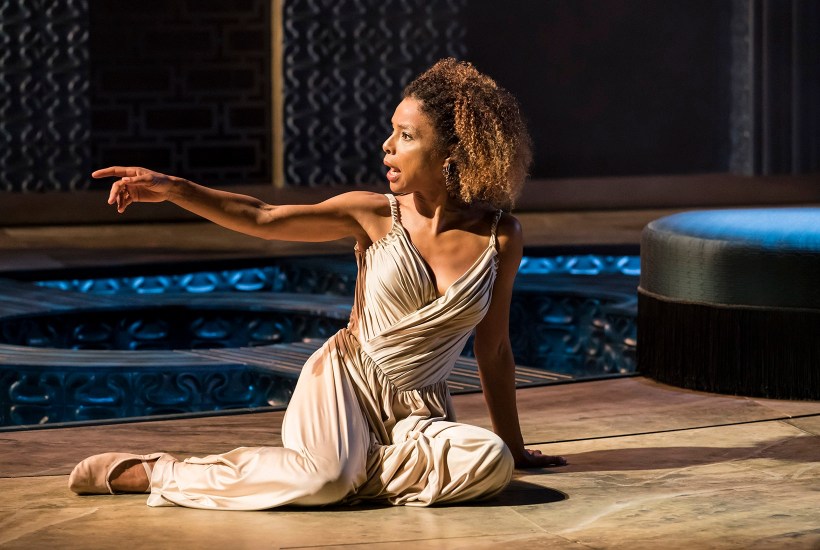
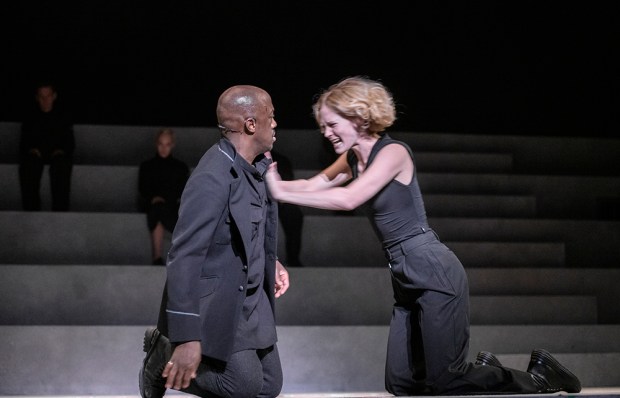
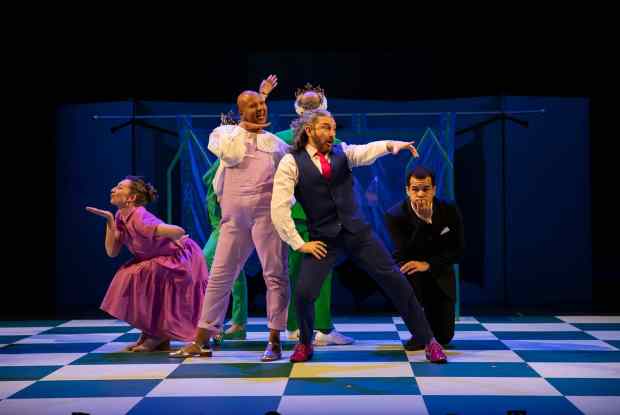
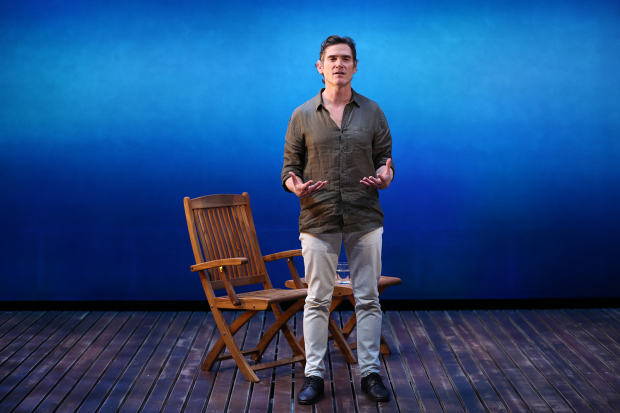
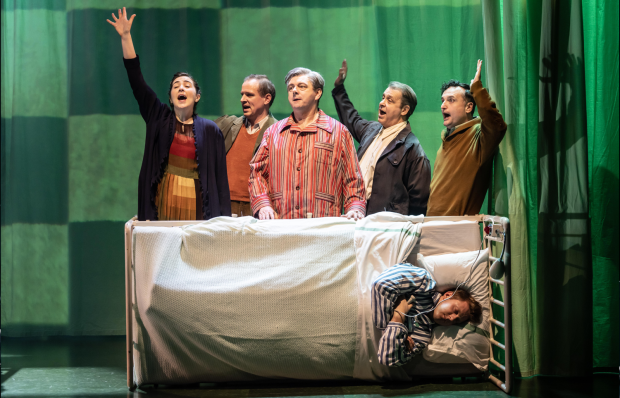
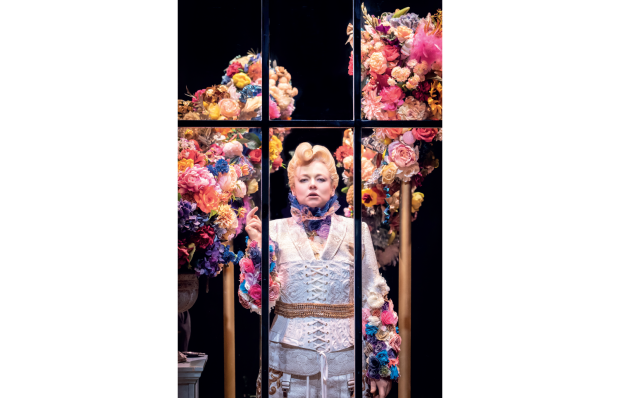
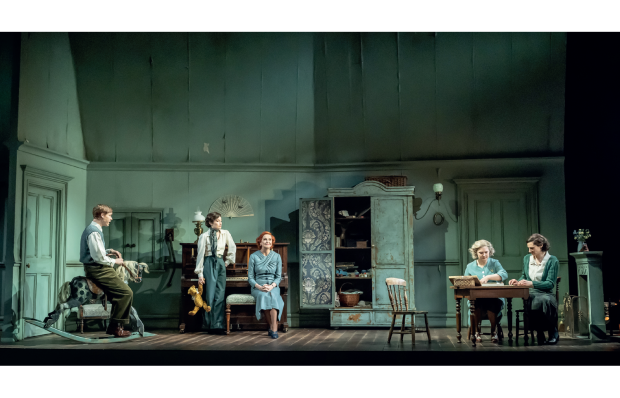






Comments
Don't miss out
Join the conversation with other Spectator Australia readers. Subscribe to leave a comment.
SUBSCRIBEAlready a subscriber? Log in